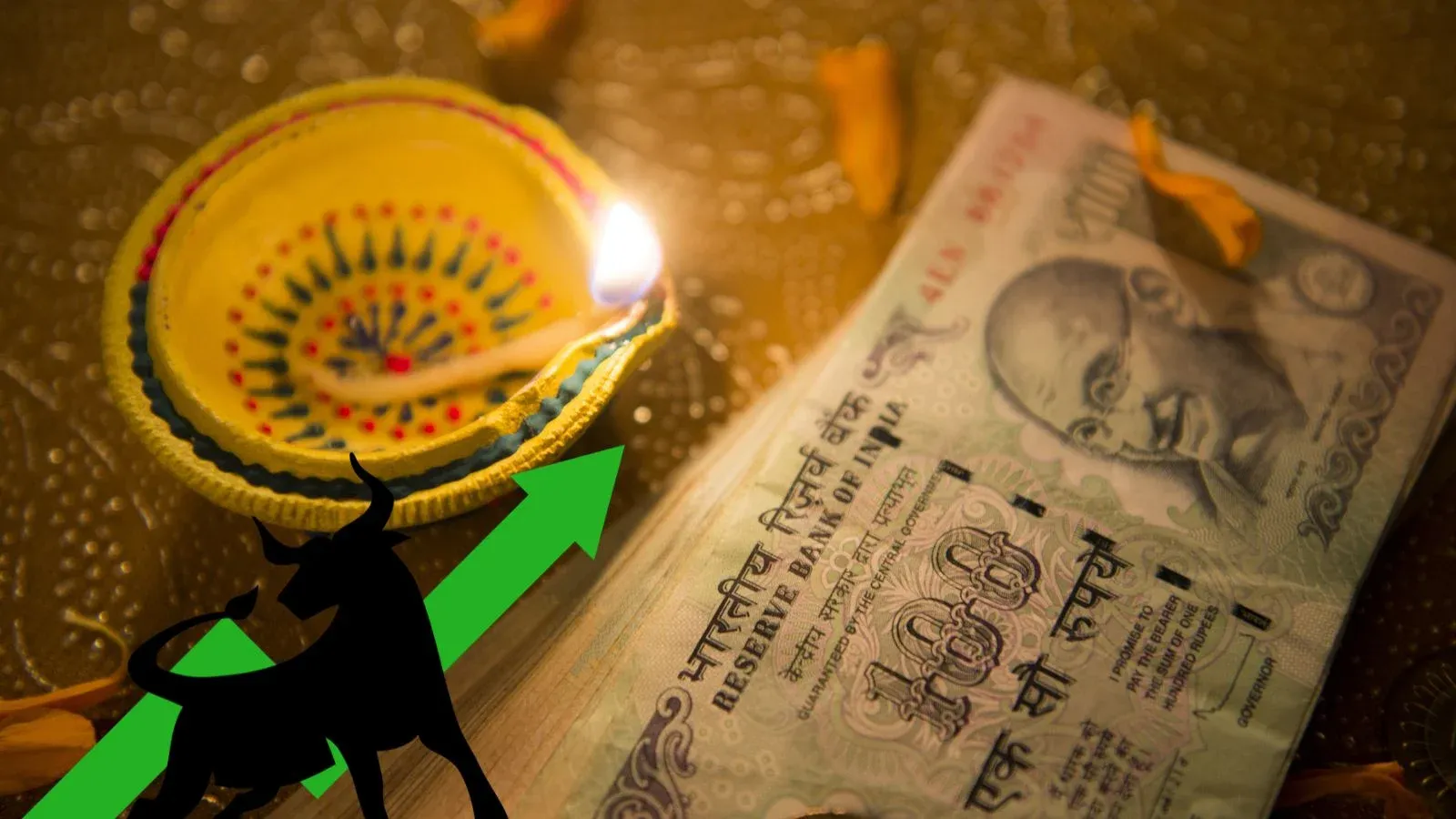Market News
From Force Motors to L&T Finance, here are five shares that defied tepid trend in equities since last Diwali
.jpeg)
6 min read | Updated on October 16, 2025, 14:41 IST
SUMMARY
The year began on a difficult note, marked by an exodus of foreign portfolio flows, subdued corporate earnings at elevated valuations, and US trade tariffs on Indian merchandise exports. These factors collectively dampened investor sentiment, stalling the momentum seen in the preceding years.
Stock list

Since last Diwali, the NIFTY50 has gained 4.03%. Image: Shutterstock
Samvat 2082 has turned out to be a tepid year for Indian equity markets, with benchmark indices, the S&P BSE SENSEX, and the NIFTY50, delivering muted returns amid a challenging macroeconomic backdrop. Since last Diwali, the NIFTY50 has gained 4.03%, while the 30-share SENSEX has advanced a modest 3.33%.
The year began on a difficult note, marked by an exodus of foreign portfolio flows, subdued corporate earnings at elevated valuations, and US trade tariffs on Indian merchandise exports. These factors collectively dampened investor sentiment, stalling the momentum seen in the preceding years.
In contrast, precious metals like gold and silver have outperformed equities, driven by safe-haven demand, heightened geopolitical uncertainties, and sustained central bank buying. Gold prices surged to record highs this year, cementing their status as a preferred asset class in uncertain times.
The NIFTY50, which scaled an all-time peak of 26,277 in September last year, has since failed to break above that level for over a year and currently trades nearly 3.62% below its record high, according to NSE data. Similarly, the SENSEX is down 3.92% from its historic high of 85,978.25, signalling a clear pause after a four-year rally during which the NIFTY50 had surged more than 3.5 times from its pandemic lows in March 2020.
"Samvat 2082 ending in April 2026 is likely to be a range bound year with second half being better than the first half. We are in the early phase of Q2 earnings season and our impression is of a slower growth environment in terms of profits for the quarter," Chandraprakash Padiyar, senior fund manager, Tata Asset Management.
"Second half especially Q4 i.e. January to March 2026 is likely to be the beginning of better performance from corporate India and Samvat 2083 looks very promising for the markets going ahead. We would advise to use this slow period to gradually build positions to benefit from better earnings growth over the next 12 months," Padiyar added.
Force Motors' net profit in the first quarter of the current financial year surged 54% to ₹185 crore from ₹120 crore in the year-ago period.
Its revenue from operations advanced 22% to ₹2,297 crore, and operationally the company posted strong numbers as its EBITDA advanced 33% to ₹332 crore and its EBITDA margin expanded by 120 basis points to 14.43%.
The company also acquired a stake in an asset reconstruction company (ARC), India SME Asset Reconstruction Company (ISARC), which is a company registered with the Reserve Bank of India (RBI) that focuses on the securitisation and recovery of stressed financial assets, particularly those from the MSME.
The company's net profit in the first quarter of the current financial year declined 14% to ₹943 crore from ₹1,097 crore in the year-ago period.
Commenting on the financial results, Sudipta Roy, Managing Director & CEO, LTF, said, “During the quarter, our focus remained firmly on execution and growth, enabling us to deliver a strong performance in a quarter traditionally considered a weak one in the BFSI industry."
Roy added, "The performance highlights the improved momentum in all our lines of business, across rural and urban geographies, driven by the transformation initiatives carried out over the last few quarters. Our investments in technology, talent, revamp and expansion of branch infrastructure, brand building, and continued focus on customer centricity as a part of our 5-pillar execution strategy have started to yield early dividends for us."
Gold finance companies tend to benefit from a surge in gold prices as their loan-to-value (LTV) ratio rises significantly. As gold prices rise, the same quantity of pledged gold fetches a higher loan amount. This can increase loan disbursements and revenue.
Besides, borrowers holding gold are more inclined to pledge it when prices are high, boosting loan growth.
On the other hand, high gold prices today increase the systemic risk if prices fall tomorrow. Also, the RBI often tightens norms when prices are volatile.
The company turned profitable in the first quarter of the current financial year, as it reported a net profit of ₹138 crore in the June quarter against a loss of ₹191 crore in the previous quarter.
Its interest income, however, declined 3% to ₹2,235 crore from ₹2,306 crore in the previous quarter.
Laurus Labs' Contract Development & Manufacturing Organisation (CDMO) business has been growing rapidly. In the first quarter of the current financial year, its CDMO sales more than doubled to ₹522 crore, and CDMO sales contributed approximately one-third of the company's total revenue for the quarter.
Related News
About The Author
Next Story



